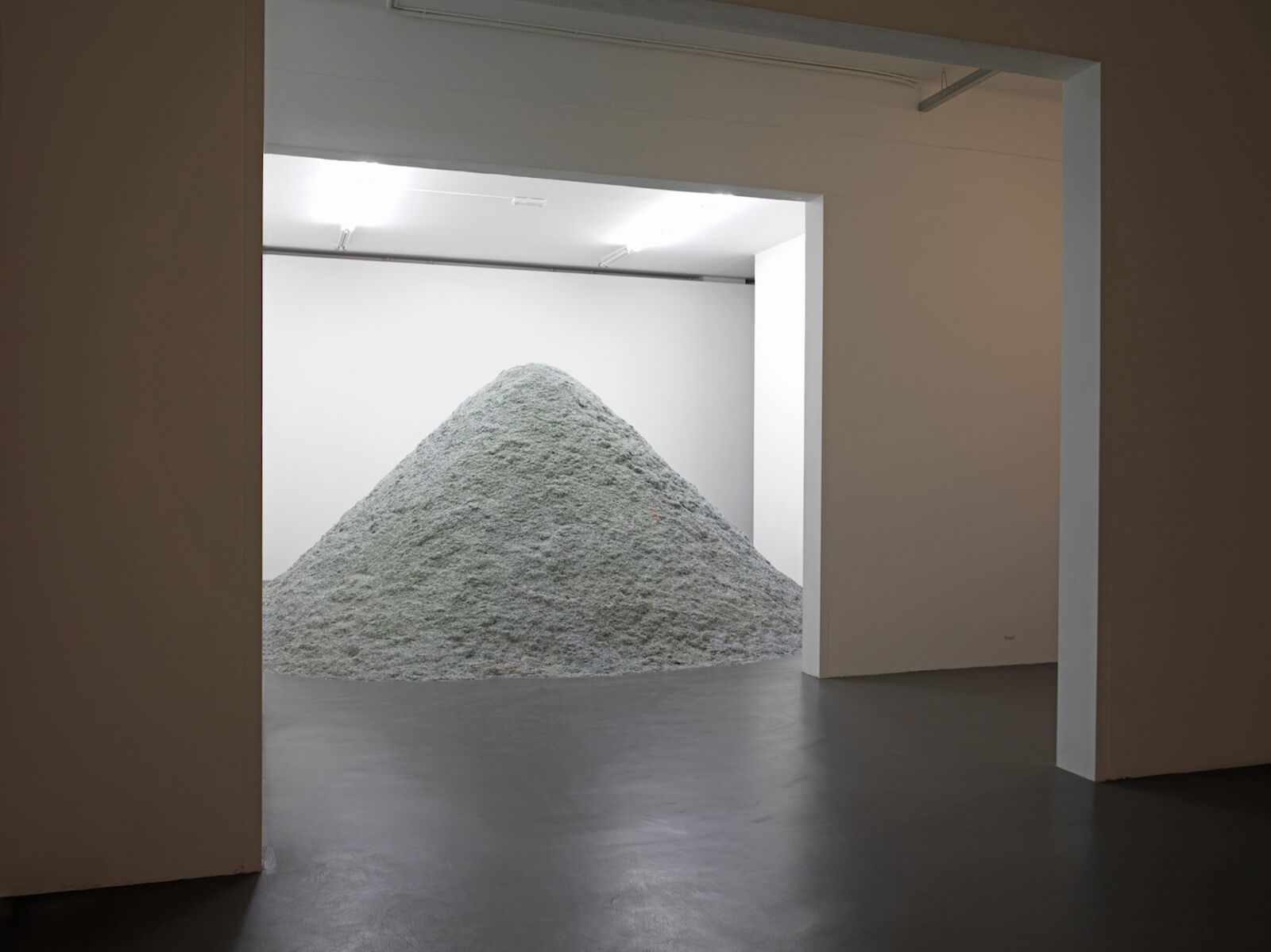The End of Money is a group exhibition about time and value. Bringing together works by a host of international artists, this exhibition and its parallel publication reflect upon the fears, hopes, and expectations associated with the end of money and its ominous consequence: the dissolution of an absolute standard of value.
What limits does the economy impose on our collective imagination, and how is the collective imagination responsible for the current economy? The End of Money focuses on the multiple relationships that could and those that should exist between culture and economy. Informing this curatorial project is the utopian notion that, in a world where money has been factored out of the collective memory, other suppressed forms of value may emerge leading to another social bond and a different relationship to time.
Time, Benjamin Franklin famously said, is money. In Marshall McLuhan’s formulation of this statement, money is “stored time”. With this variation, McLuhan meant to suggest that with the clocking of labor, a practice whose origins lie with the Industrial Revolution, time becomes the meta-commodity, that which is ultimately and essentially being traded in money. The time of work; but not necessarily – as Franklin would have it – the time of the worker.
The works included in The End of Money range from reflections on the arbitrary ways in which value is ascribed to things, as in Zachary Formwalt’s video At Face Value (2008), in which a stamp collection is taken as an occasion to explore the historical valuation of stamps as currency; to explorations of the absolute loss of representative value, as in Christodoulos Panayiotou’s 2008 (2008), a monumental pile of shredded Greek Cypriot Pounds, the totality of which the artist was able to acquire when Greek Cyprus adopted the Euro. Other works highlight time, which is a persistent corollary of money in our efficiency-obsessed culture: Maha Maamoun’s short video 2026 (2010), explores the limits of the temporal imagination, revealing how the image of the future is foreclosed by the mind’s over-identification with the present; or Toril Johannessen’s graphs, which quantify the relationship between time and history and as such attempt to de-naturalize our conceptions of it. There is also Fischli & Weiss’ Sichtbare Welt (1987-2000), a series of photographs taken by the artists all over the world, critically evoking a parallel between systems of valuation and modes of representation.
Publication
The accompanying digital publication, edited by Juan A. Gaitán, includes contributions by Dessislava Dimova, Donatien Grau, Dieter Roelstraete and Carolina Sanín. They have been approached with the request to speculate on this theme in their own medium – be this fiction, art history, philosophy or criticism – and to form their own areas of expertise, be these “scientific” or “unfounded”. Documentation of the exhibition will also be included.
Language: English
ISBN: 978-90-73362-98-7
Side-Programming
Film Screening: A selection of historical and contemporary films whose subject is money and time will be screened at Witte de With on Sunday 26 June 2011 (12 to 6 pm). This event is organized by Juan A. Gaitán and Mariska Oosterloo.
Time/Bank: For the duration of The End of Money exhibition Witte de With will accept Time/Bank’s hour-notes designed by Lawrence Weiner.
Time/Bank is a project by e-flux: www.e-flux.com/timebank.











